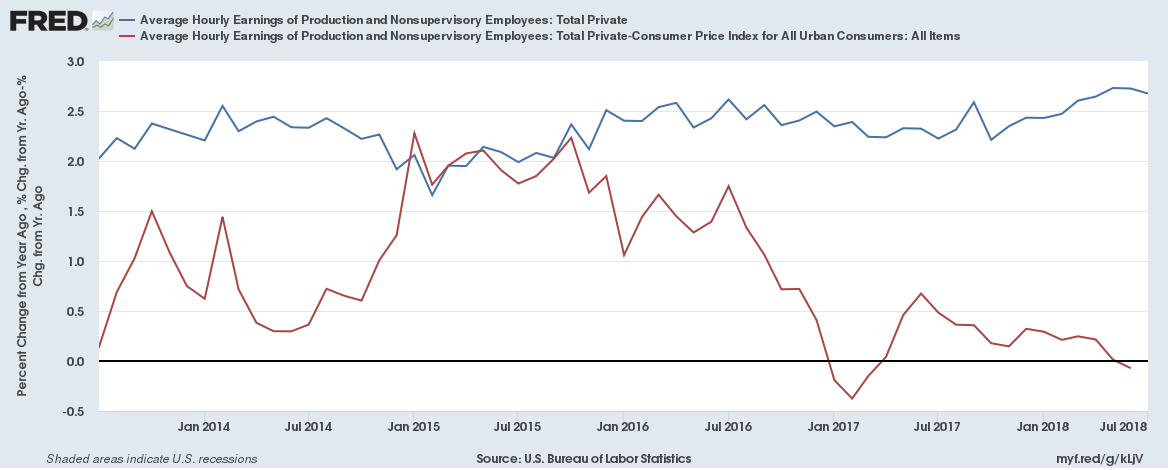Around a decade ago, I was talking with a staffer of the Senate Commerce Committee about infrastructure. I gave a list of potential projects, including trains. He interrupted me and said that they don’t care about trains there.
I asked if I was hearing him correctly. He explained that trains were a divisive issue among committee members, so there was an informal agreement that they simply wouldn’t bring them up. I wonder if there is the same situation with regards to the impact of currency values on trade at the Washington Post.
The Post had a major article reporting on how small farmers are facing serious problems in the economy today. The piece notes that low crop prices are making life very difficult for farmers. The focus is the potential for interest rate increases by the Federal Reserve Board to make their situation even worse. Since farmers are typically borrowers, if the rates they have to pay rises, many will find themselves unable to make ends meet.
It notes how high rates in the past have had a devastating impact on U.S. farms. In particular, the high interest rate policy pursued by the Fed under Paul Volcker puts hundreds of thousands of farmers out of business.
This is all very true, but there is another important dimension that is altogether missing. The value of the dollar has a very direct impact on farm prices.
There is a single world price of widely traded products like wheat and corn. If the dollar rises relative to the value of the currencies of US competitors, then the price of these products will typically fall in dollar terms. Since it doesn’t cost Argentina or Russia any more to produce wheat, they will be able to sell their farm products at lower prices, measured in dollars, even as they get the same price measured in their own currency.
A big part of the story of the hardship faced by farmers in the Volcker years was that the high dollar (largely caused by high interest rates) reduced the dollar price of wheat and other major farm products. Here’s the overall picture.

The relationship is not perfect (many other factors affect farm prices, and the overall value of the dollar may not be the same as the value against other commodity producers), but the sharp rise in the dollar from 1980 to 1985 is associated with a large decrease in the real price of wheat. The price of wheat partially recovered in the second half of the decade as the dollar fell sharply from 1985 to 1989. The run-up in the dollar in the late 1990s and early 2000s was also associated with a decline in the price of wheat. More recently, a rise in the dollar since 2015 has been associated with a sharp drop in the real price of wheat.
World demand, the efficiency of other producers, and other factors affect the price of wheat, but it is pretty much definitional that, other things equal, a higher-valued dollar means a lower dollar price of wheat and other farm commodities. It is very strange that this fact is not mentioned in the article.
This article originally appeared on Beat the Press.